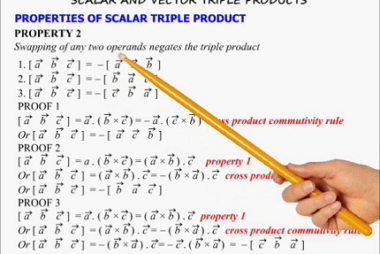Surface tension
Surface tension is a physical phenomenon that refers to the tendency of the surface of a liquid to resist an external force. It is caused by the cohesive forces between the liquid molecules, which cause them to stick together and create a “skin” or “membrane” on the surface of the liquid. The surface tension of…




